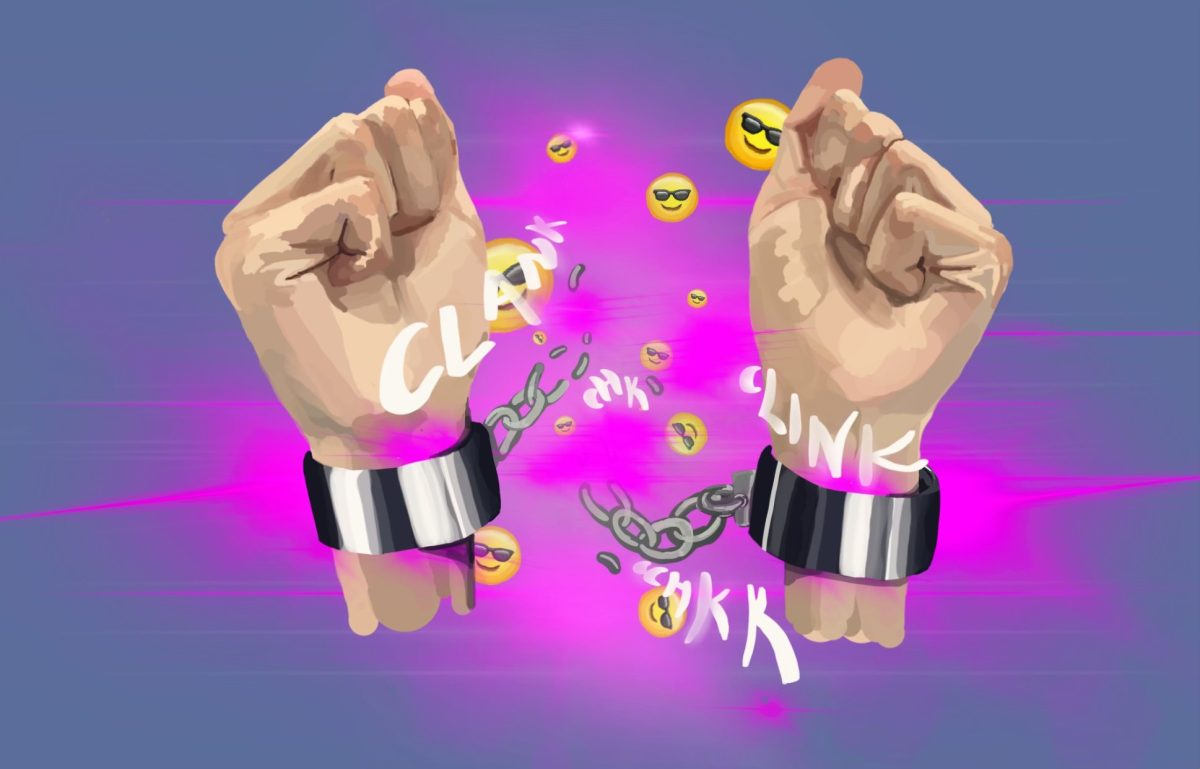Last week, Microsoft CEO Satya Nadella made a series of comments about women in the tech workplace that…well, I’ll let you be the judge:
“It’s not really about asking for the raise, but knowing and having faith that the system will actually give you the right raises as you go along…one of the additional superpowers that, quite frankly, women who don’t ask for a raise have, because that’s good karma. It’ll come back.”
Except, no, Satya Nadella, that estimated half a million dollars in average lifetime earnings I, and other women, will lose to the gender pay gap clearly won’t be coming back—at least, not in the meaningful financial sense. (Perhaps he meant I’d find a husband who’d earn it back for me?) It’s completely absurd to be advising women to trust a system that, by systemically marginalizing and underpaying them, hasn’t proven itself to be trustworthy in the least. Though Nadella did eventually tweet a helpful acknowledgement of being “inarticulate re how women should ask for raise,” his 140-character elaboration on the classic “oh shit” did little to allay the very real, unique challenges women face as they struggle to navigate tech’s male-dominated culture.
Beyond the immediate backlash that followed Nadella’s comments lies a series of important questions that demand not only answers, but solutions.
Because while Nadella may be the most prominent tech leader to claim that all women need to do is trust the system or, more broadly, work harder, he’s merely (in)articulating a belief found far too often among tech employees across all ranks and companies. From TechCrunch Disrupt’s “Titstare,” an app for “tak[ing] photos of yourself staring at tits,” to an international tech conference presentation that compared an app to the presenter’s girlfriend (“looks beautiful, complains a lot, demands my attention, interrupts me when I’m working, doesn’t play well with my other friends”), examples abound of tech leaders acting, speaking, and leading in ways that further alienate their industry’s current and prospective female members.
Even more illustrative of this disturbing trend, however, are the myriad company reports and industry-wide studies that, time and time again, reveal how deeply embedded gender prejudice and sexism are within tech industry culture.
Microsoft’s 71 percent male/29 percent female personnel makeup (83/17 for tech jobs), for example, provides some much-needed context for its CEO’s recent kerfuffle. But it’s important to know that even companies you’d expect to be more egalitarian—”likable” companies that, like Facebook, Yahoo, and Google, preach diversity on every corner—are generally anything but. In a national professional workforce that’s 47 percent female overall, the aforementioned tech giants employ workforces that are more than 69, 62, and 70 percent male, respectively. Apple and Twitter are both 70 percent male, with the latter’s “commit[ment] to making inclusiveness a cornerstone of our culture” on clear display in its 90 percent male (!) technology team. Despite being uniformly penned in a tone of pride and transparency, it, in fact, took a two-plus-year-long antitrust lawsuit to force these and other firms to publish data on their employee demographics in the first place.
Even they, however, represent but a fraction of the problem. Beyond the borders of the San Francisco Bay Area lies a nation—a world—brimming with STEM–centric sexism as staggering as it is reprehensible.
In virtually every STEM classroom, academic department, and leadership position across the country, talented female scientists, developers, engineers, and researchers are finding themselves consistently marginalized, underrepresented, and underpaid in fields and workplaces where they’d otherwise excel. Nearly every woman has such a story—a multi-volume memoir, really—of relevant personal experiences. That seems to be why study after study of women formerly employed in tech find many leaving, with large majorities—majorities as great as their underrepresentation in the field, in fact—saying they have no plans to return, despite enjoying the work itself.
But saying all of this is not enough. It’s long past time to move past surface-level criticisms and vague demands for “change.” It’s time to change—for companies and colleges alike to implement measures that will have a real impact on making tech socially and culturally welcoming to women. It also means that women can’t be the only ones preaching to the choir about these issues—in other words, invite more male voices into the conversation. Not because women need men’s validation, but because those are so often the voices that hold the most power needed to actually implement these long-overdue changes.
Eric Schmidt and Jonathan Rosenberg’s new book How Google Works, for instance, is among the best to concisely articulate the extensive economic benefits afforded by greater workplace diversity. “From a strictly corporate point of view,diversity in hiring is even more emphatically the right thing to do,” the co-authors advise.
Their first example: “women and men.”
Anastasia Golovashkina is a fourth-year in the College majoring in economics and public policy. Follow her at @golovashkina.
Anastasia Golovashkina is a fourth-year in the College majoring in economics and public policy. Follow her @golovashkina.







